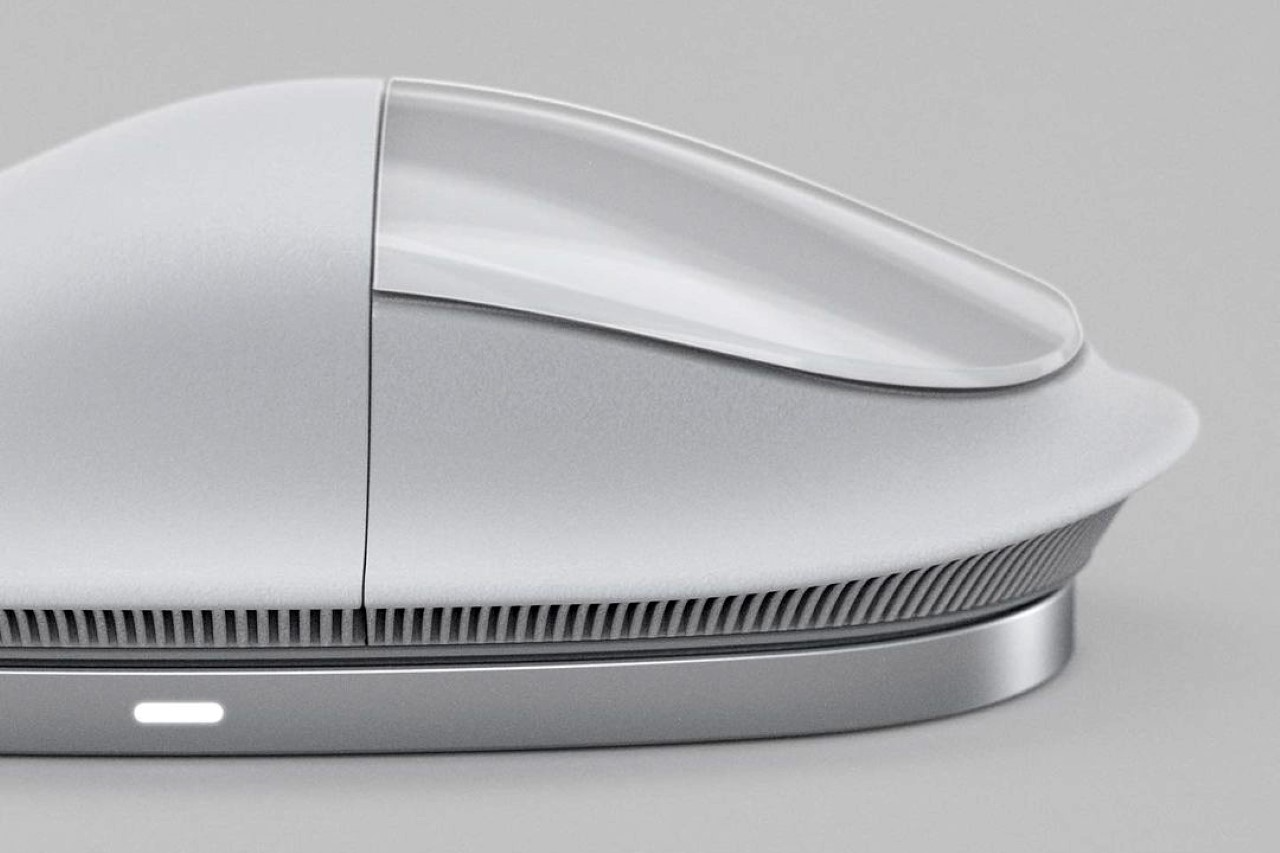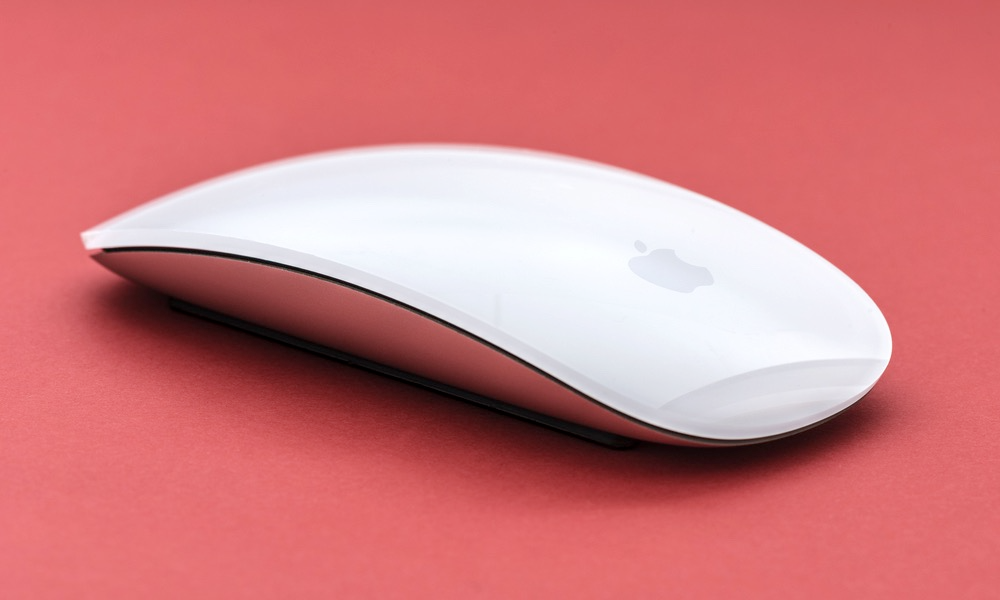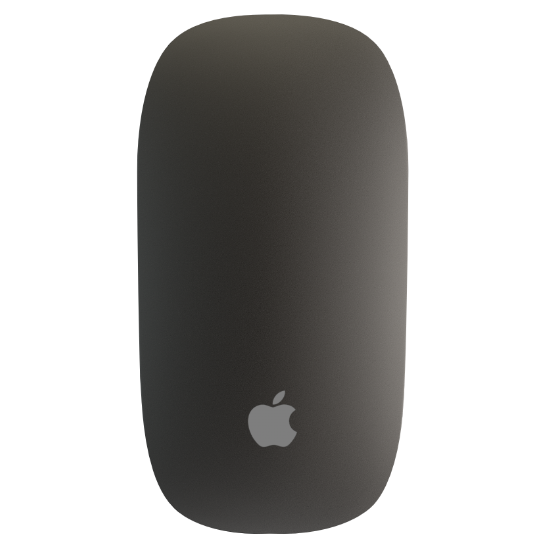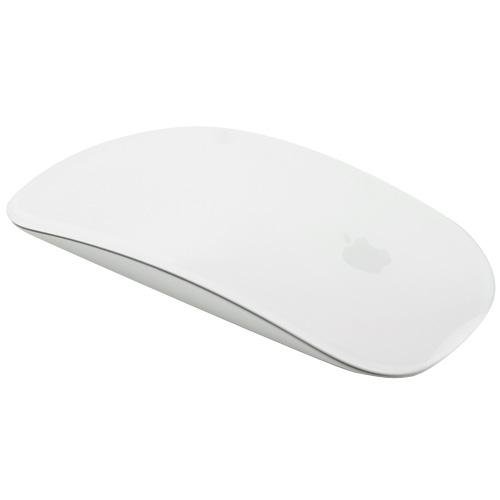In the realm of personal computing, Apple has consistently pushed boundaries with its sleek designs and intuitive technology. Among its many innovations, the Apple Wireless Mouse stands out as a testament to the company’s commitment to user experience and design elegance. This in-depth exploration delves into the evolution, features, and usability of Apple’s iconic peripheral, emphasizing how it redefines the way we interact with our digital world.
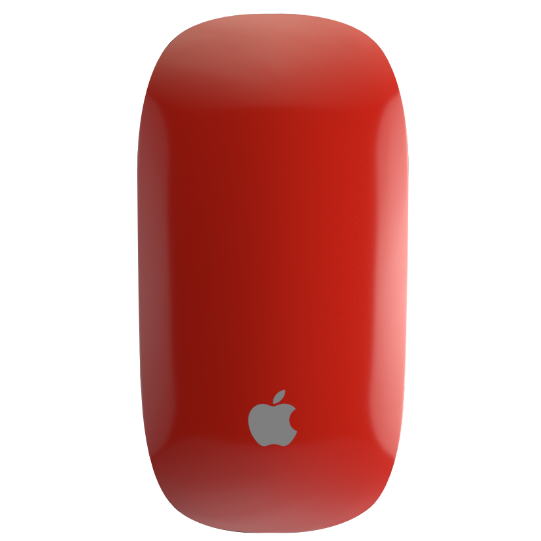
The Evolutionary Leap in Wireless Technology
Apple’s journey into wireless mice began with a vision to untether users from the constraints of wired peripherals. With the first iteration of the wireless mouse released alongside the iMac G4 in 2003, Apple initiated a revolution in desktop navigation. Since then, each new version has seen incremental improvements, not just in aesthetics but also in performance and power efficiency. The latest models, including the Magic Mouse 2 and Magic Trackpad 2, showcase Apple’s relentless pursuit of perfection, offering seamless Bluetooth connectivity and an enhanced user interface.
Design Philosophy: Where Form Meets Function
Minimalist Elegance
True to Apple’s design ethos, the wireless mouse exemplifies simplicity and minimalism. Its clean lines, smooth curves, and unibody construction create a visually stunning accessory that complements any workspace. The aluminum base and top shell, available in classic white or space gray, exude a premium feel, reflecting Apple’s meticulous attention to detail.
Ergonomic Considerations
Beyond aesthetics, the Apple Wireless Mouse prioritizes ergonomics. The low-profile design encourages a more natural hand position, reducing strain during extended use. The Magic Mouse 2, for instance, features a contoured shape that supports various grip styles, ensuring comfort for a wide range of users. Its seamless top shell eliminates the traditional scroll wheel, replacing it with a touch-sensitive surface that supports gestures for added functionality.
Apple’s Wireless Mouse, particularly the Magic Mouse 2, goes beyond the conventional expectations of a pointing device, introducing advanced features that redefine navigation and user interaction. These innovations not only streamline daily computer use but also set new benchmarks for what a wireless mouse should be capable of in the modern digital age.
Multi-Touch Surface: The Next Generation of Scrolling
Touch-Sensitive Controls
At the heart of the Magic Mouse 2’s innovation lies its touch-sensitive surface. Unlike traditional mice with physical scroll wheels, Apple employs a seamless, button-less top that recognizes various swipe gestures and scrolling directions. This design choice enables users to scroll vertically and horizontally with ease, simply by sliding their fingers across the surface. The result is a smoother, quieter, and more precise scrolling experience that feels like a natural extension of the user’s intent.
Gesture Support for Enhanced Productivity
Taking advantage of multi-touch technology, the Magic Mouse 2 supports a range of customizable gestures. Users can swipe between web pages, switch between full-screen applications, and even access Mission Control, all without lifting their hand off the mouse. These gestures not only speed up navigation but also promote a more immersive and efficient workflow, allowing users to command their Mac with intuitive finger movements akin to using a trackpad or smartphone screen.
Force Touch: Adding Depth to Clicks
While not a feature of the Magic Mouse 2, Apple’s implementation of Force Touch technology in its trackpads offers a glimpse into potential future advancements for its mice. Force Touch introduces pressure sensitivity, enabling different actions based on how hard a user presses. This could, in theory, be integrated into future iterations of the wireless mouse, allowing for additional contextual controls and deeper interactions within apps and system functions.
Bluetooth Connectivity: Effortless Pairing and Reliability
Apple’s wireless mice rely on Bluetooth technology for connectivity, eliminating the need for USB receivers and cluttered wires. The Magic Mouse 2 automatically pairs with compatible Macs once turned on, simplifying setup and ensuring a reliable, wireless connection. This not only contributes to a cleaner desk setup but also enhances mobility, enabling users to work freely without worrying about cable management.
Energy Efficiency and Rechargeable Batteries
In a bid to promote sustainability and user convenience, the Magic Mouse 2 incorporates a built-in rechargeable lithium-ion battery. Users can easily charge the mouse via a lightning cable, similar to how they would charge an iPhone or iPad. This design shift away from disposable batteries significantly reduces waste and ensures that the mouse is always ready for use with a quick charging session. Additionally, the energy-efficient design extends battery life, minimizing downtime and maximizing productivity.
Customization and Personalization
Apple understands that users have unique preferences when it comes to their input devices. Therefore, macOS offers a degree of customization for the Magic Mouse 2. Users can adjust tracking speed, double-click speed, and enable or disable specific gestures according to their comfort and workflow requirements. This level of personalization empowers users to tailor their mouse experience to match their exact needs.
Apple’s Wireless Mouse, specifically the Magic Mouse 2, stands as a testament to the company’s drive for innovation and user-centric design. By integrating multi-touch gestures, exploring the potential of Force Touch, and focusing on energy efficiency, Apple is continually pushing the boundaries of what a mouse can do. These advanced features not only redefine navigation but also anticipate the evolving ways users interact with digital content. As Apple continues to refine and innovate, the future of wireless mice under their banner promises even more intuitive and immersive experiences for users worldwide.
Compatibility and Integration within the Apple Ecosystem
Apple’s wireless mice effortlessly integrate into the broader Apple ecosystem. Whether you’re using a MacBook, iMac, or Mac Mini, setup is as simple as turning on Bluetooth and pairing the device. Moreover, macOS is designed to fully leverage the advanced features of these mice, providing software updates that enhance compatibility and introduce new functionalities over time.
User Experience: Balancing Innovation with Usability
Despite its futuristic features, the Apple Wireless Mouse has faced some criticism, particularly regarding its flat design, which may not suit all users’ preferences. However, Apple’s continuous refinement based on user feedback underscores its commitment to enhancing the overall experience. Customizable settings within macOS allow users to personalize the functionality of the mouse to their liking, further demonstrating Apple’s dedication to individual user needs.
Conclusion: A Symbol of Innovation and Adaptability
The Apple Wireless Mouse represents far more than a mere pointing device; it embodies Apple’s philosophy of harmonizing cutting-edge technology with human-centric design. From its sleek form factor to its advanced multi-touch capabilities, every aspect of the device is meticulously crafted to augment the user’s interaction with digital content. While there’s always room for improvement, especially in terms of ergonomic versatility, Apple’s wireless mice remain a symbol of innovation and adaptability in the ever-evolving landscape of personal computing. As technology progresses, Apple’s commitment to refining and perfecting its wireless mouse offerings ensures that users will continue to enjoy a seamless and intuitive experience that seamlessly blends style with substance.
